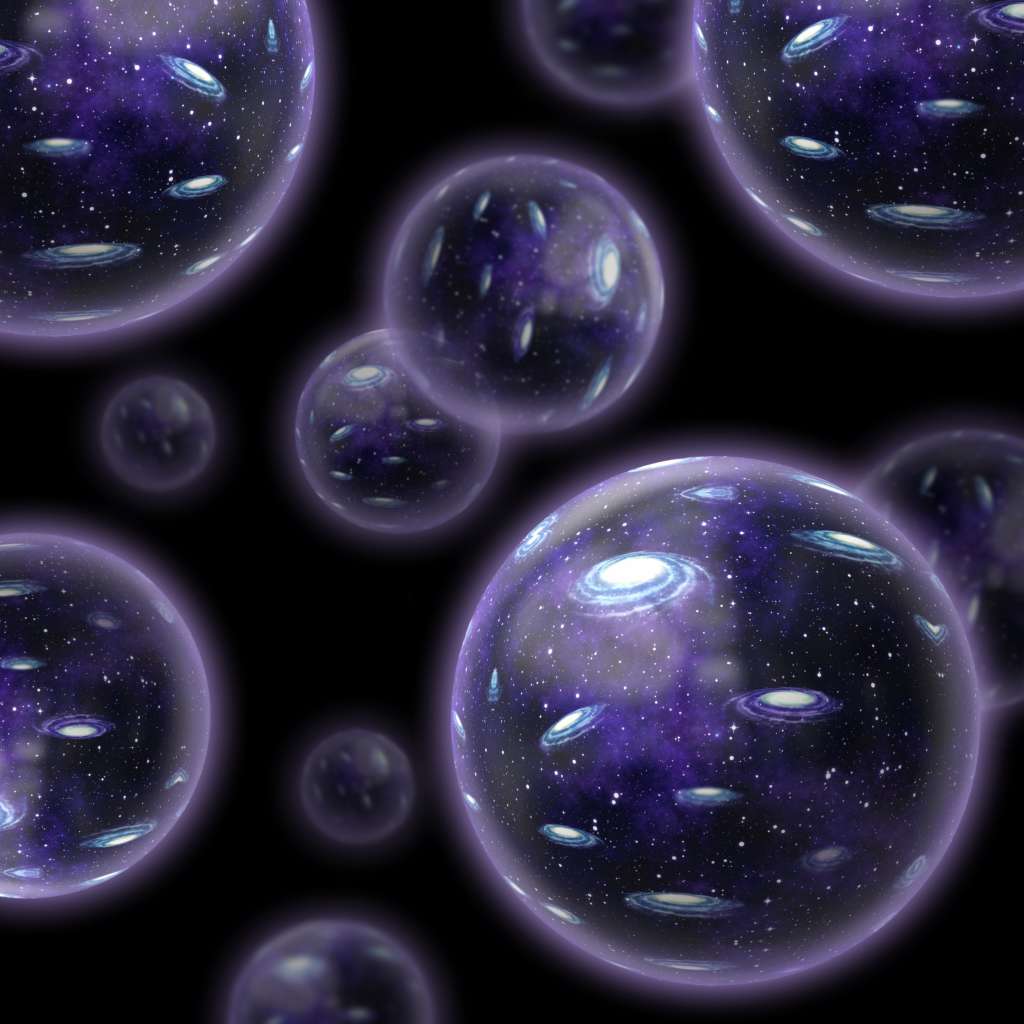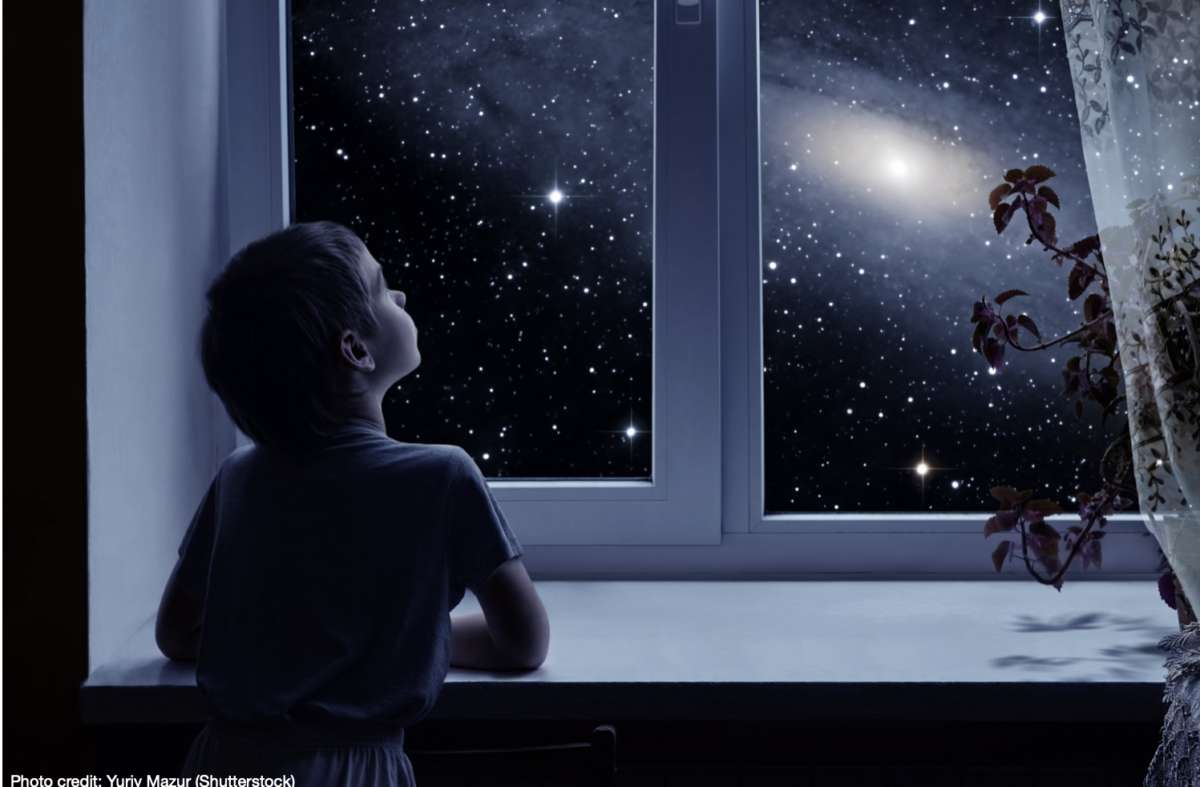The Kepler space mission has produced data that suggests that “based upon the number of M-class stars in the galaxy, that alone represents about 10 billion potentially habitable, Earth-like worlds.” Our sun is a G-class star. M-class stars are fainter, cooler stars called “Red Dwarfs.” To understand the conditions on a planet circling a Red Dwarf, refer to my post here. Meanwhile, today’s question is “Are we alone in the universe?”
Ten billion worlds. That’s a lot. Of course, that number is the top end. Let’s dig into the details of life on this planet and how it is even possible.
- Rotation: The earth rotates and does so uniformly. Its rotation period is ideal for plant life on earth (imagine how difficult if not impossible photosynthesis would be if the Earth were tidally locked.) Rotation also creates the magnetosphere which protects the Earth from solar winds and with the ozone layer we are protected from radiation. This rotation comes from the Earth’s molten core. Rotation also disburses the temperatures more evenly across the surface of the planet. This is accomplished through the Coriolis effect.
- Water: Water in solution means the Earth has reasonable temperatures. If it were too hot, the water would vaporize. If it were too cold, the water would be locked in ice. Water is called the “universal solvent” because it breaks down nutrients and chemicals so they can be transported through cell walls. As an example of the importance of solvents, I ordered an unsweetened iced tea the other day with sugar on the side. The sugar came as large, granulated brown cane sugar. The crystals were larger than grains of sand. Yet, the sugar crystals provided glucose which my cells needed, and those sugar crystals needed to be dissolved within my body, partly by stomach acids, but largely by the effect of water within my body.
- Mass: The size and mass of the Earth are important to life. If the Earth were too small, there would not be enough gravitational attraction to retain an atmosphere. If the Earth were larger, the atmospheric pressure and gravitational force would be greater making life virtually impossible.
- Distance to the Sun: Our distances to the Sun places us in the “Goldilocks Zone.” Also, our Sun is “middle-aged” which is perfect in terms of size, color, etc.
- Moon: The Earth has a moon, which produces tides. The size of the moon is important.
“Our disproportionately large nearby moon certainly gave Earth an early tidal nudge. But unlike Venus and Mars, our moon’s gravitational influence also helped ensure that Earth’s spin axis and climate remained stable over long timescales. That’s arguably just as important as our oceans’ tidal ebb and flow.
Still, as Bruce Lieberman, a paleobiologist at the University of Kansas in Lawrence, points out: ‘I suspect that eventually life would have made land without the tides. But the lineages that ultimately gave rise to humans were at first intertidal.’”
- Plate tectonics: The Earth has plate tectonics and active geology. Our lithosphere “floats” on “plates” some which are larger in size than continents (such as the Pacific Plate) and some like the Juan de Fuca Plate much, much smaller. These plates regularly pull away from each other, slide against each other and thrust one over the edge of another. All of this motion and friction releases tremendous amounts of energy (enough to create mountain ranges which also impact on our weather.) Volcanoes emerge from the ocean to create islands such as eight islands that form Hawaii. This terraforming of the land along with the release of heat is also important to sustaining life on Earth.
- Many sources credit the gas giants in our solar system (e.g. Jupiter and Saturn) for running interference and attracting rogue asteroids and meteors that might otherwise imperil life on Earth. Recall Comet Shoemaker-Levy 9. Also, almost every moon in our Solar System bears the scars of collisions with meteors which might otherwise have threatened Earth at some point.
Potentially habitable planets around Red Dwarf stars are tidally locked, because they are so close to the star as they must be for the stars energy to be made available for life. But that is a double-edged sword. As the Advancing Earth and Space Science magazine EOS reports;
“Computer models suggest that many of the potentially habitable exoplanets we’re likely to discover may be tidally locked [Barnes, 2017]. This holds true especially for planets orbiting M dwarfs, the smallest and coolest type of star. M dwarfs are dimmer than the Sun, meaning surrounding planets must orbit closer to their M dwarfs to receive enough warmth to support liquid water at their surfaces and thus be considered habitable. But the closer a planet orbits its host star, the more likely it is to be tidally locked (recall that the gravitational force underlying tidal locking is stronger between objects that are close to each other) and thus perhaps uninhabitable considering the potentially extreme temperature dichotomies. Indeed, it’s expected that every planet in the habitable zone of an M dwarf will be tidally locked [Kasting et al., 1993].”
That finding alone reduces the realistic number of life-supporting planets in our galaxy to probably well less than a million for reasons mentioned above. How many of these remaining have moons to produce tides? How many of them are just dead spheres of rock without an active geology or an oxygen-nitrogen atmosphere? How many are too small to even have an atmosphere? How many have water? These variables bring us down to maybe a thousand or less (and this is all mere speculation.)
Anthropic Principle
The success of science in understanding the macroscopic, microscopic and cosmological worlds has led to the strong belief that it is possible to form a fully scientific explanation of any feature of the Universe. However, in the past 20 years our understanding of physics and biology has noted a peculiar specialness to our Universe, a specialness with regard to the existence of intelligent life. This sends up warning signs from the Copernican Principle, the idea that no scientific theory should invoke a special place or aspect to humans.
To understand this ‘specialness.’ consider that all the laws of Nature have particular constants associated with them, the gravitational constant, the speed of light, the electric charge, the mass of the electron, Planck’s constant from quantum mechanics. Some are derived from physical laws (the speed of light, for example, comes from Maxwell’s equations). However, for most, their values are arbitrary. The laws would still operate if the constants had different values, although the resulting interactions would be radically different.”
Here are some examples:
- Gravitational constant: Determines strength of gravity. If too low then stars would have insufficient pressure to overcome Coulomb barrier to start thermonuclear fusion (i.e. stars would not shine). If too high, stars burn too fast, use up fuel before life has a chance to evolve.
- Strong force coupling constant: Holds particles together in nucleus of atom. If too weak, multi-proton particles would not hold together, hydrogen would be the only element in the Universe. If too strong, all elements lighter than iron would be rare. And radioactive decay would be less, which heats core of Earth.
- Electromagnetic coupling constant: Determines strength of electromagnetic force that couples electrons to nucleus. If less than nominal, then no electrons held in orbit. If too strong, electrons will not bond with other atoms. Either way, no molecules.
Many cosmologists believe in the theory of multiverses. “The different universes within the multiverse are called ‘parallel universes.’ ‘other universes.’ ‘alternate universes.’ or ‘many worlds.’ One common assumption is that the multiverse is a ‘patchwork quilt of separate universes all bound by the same laws of physics.’” Or not.

Like soap bubbles each representing a different universe, they coexist with ours. Furthermore, each multiverse could have its own rules. And, it should seem logical that there can be only one set of rules per universe (including ours.) At least, that is what has been taught in academia for several centuries. More contemporary observations suggest that laws are physics are not constant within our own universe, as noted here and here.
Where is everybody?
In a famous 1950 café conversation between Edward Teller, Enrico Fermi, Herbert York and Emil Konopinski, the subject was the prospects of extraterrestrial life on all of those hypothetical, habitable planets. At some point Fermi opined “Where is everyone?” Certainly, there must be civilizations more advanced the us as well as civilizations more primitive, and those many planets with no civilization at all. Why have we not been visited to date?
There are all sorts of explanations, including distance, or the inhabitants of the planets have not developed space ships, or they have blown themselves up. Or, they don’t exist because life is unique to Earth.
Are we along in the universe?
Only time will tell. Of course, so far in this post, we’ve only talked about life as we know it. There may be other forms of carbon-based life which are completely bizzare to us, and then there is the potential for some other base besides carbon. Silicon perhaps.
At the moment, I am auditing a course in exobiology through the University of Edinburgh. I am learning as much as I can on zenobotany as well, using certain NASA designated “Goldilocks” planets around certain stars such as Kepler 16 and Wold 359 to speculate on what the constraints to life might be. If you are interested in this topic, please let me know in the comments section and check back on this site periodically.




